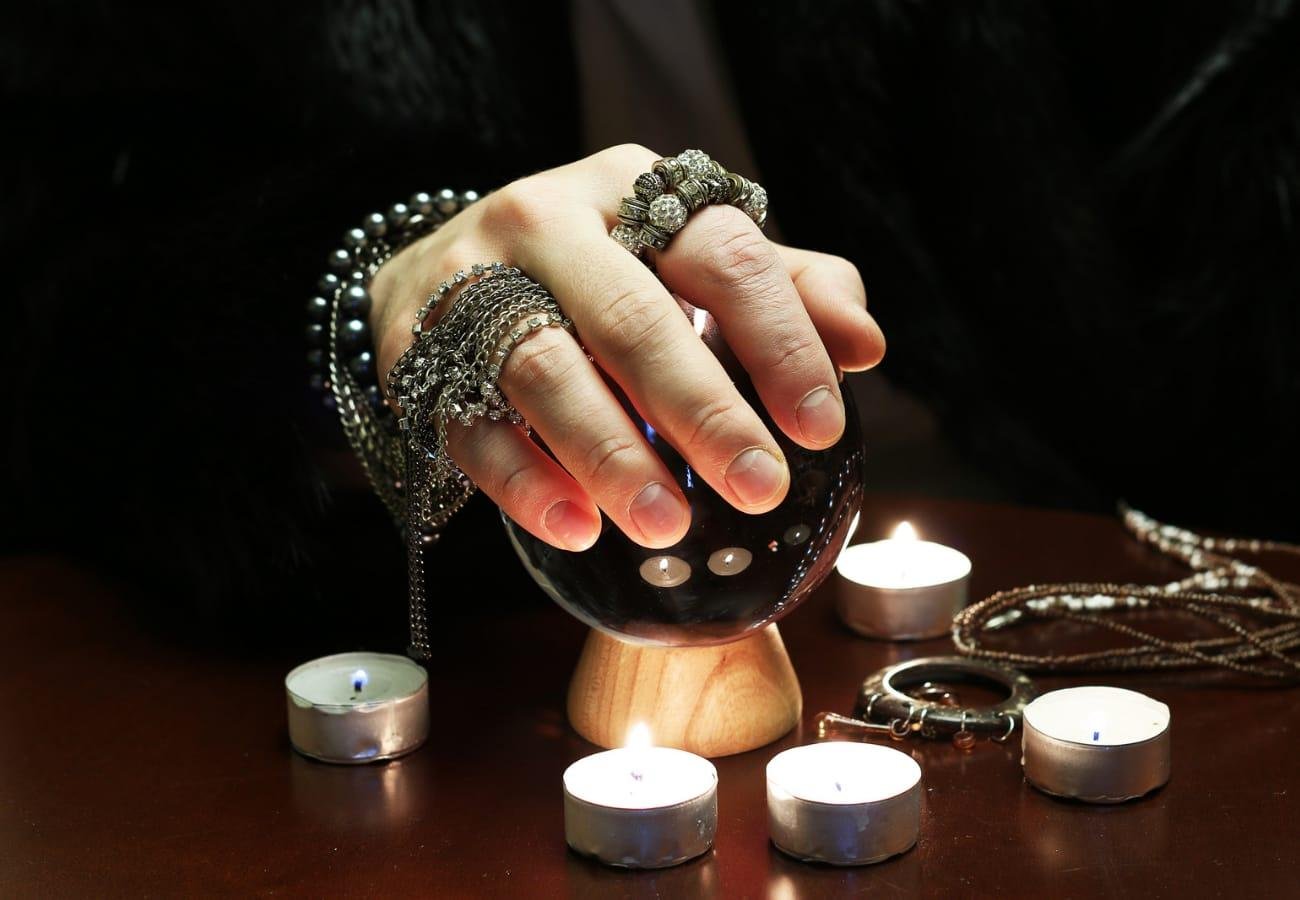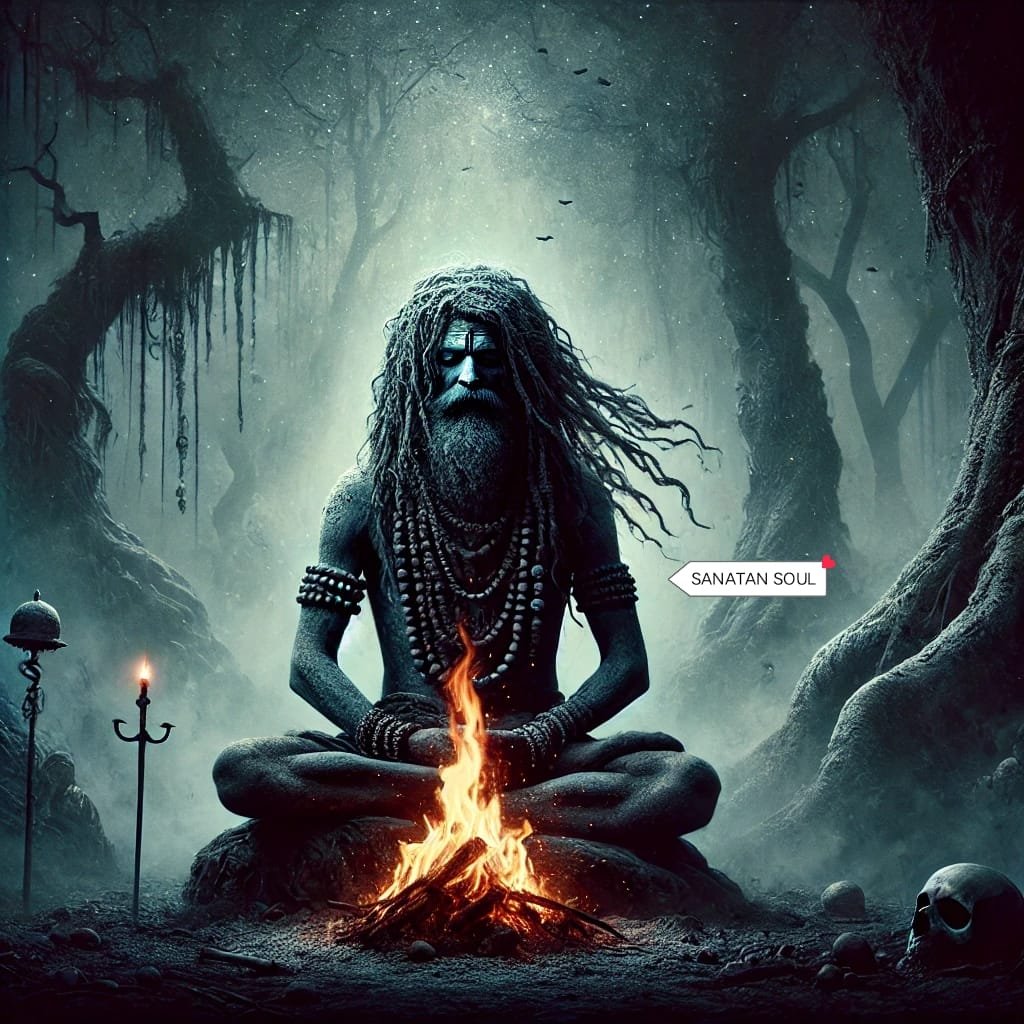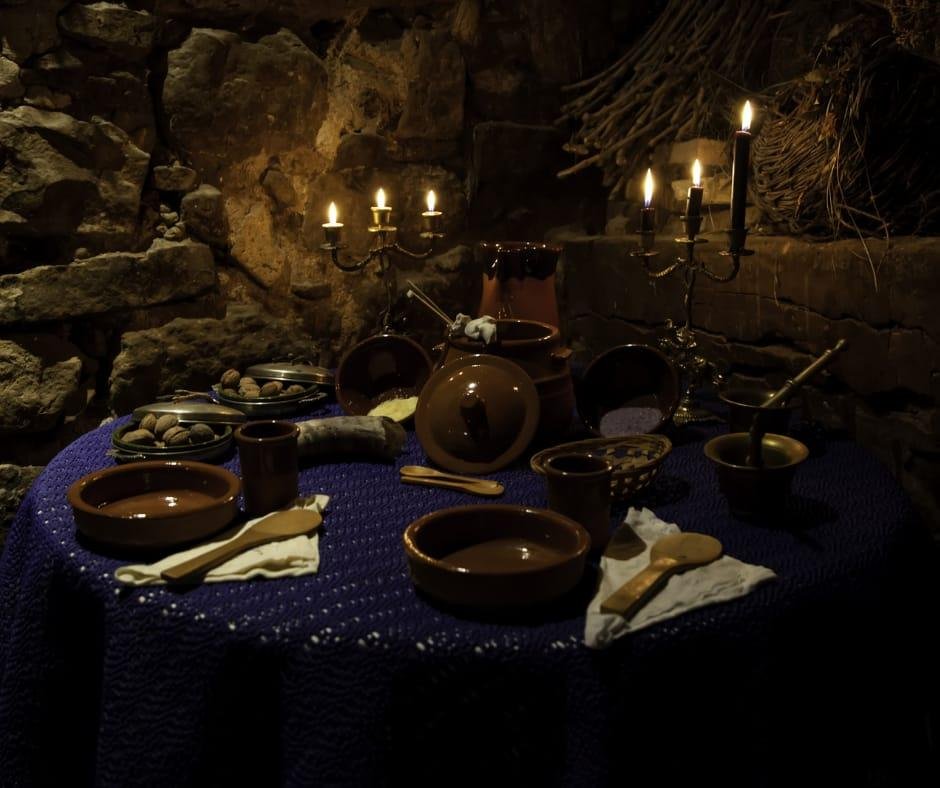The Mysteries of Black Magic in sanatan dharam
1. What is black Magic ?

Sanatan Dharma, often referred to as Hinduism, encompasses a vast array of spiritual practices and beliefs. Among its many facets, black magic, or “Aghori Vidya,” remains one of the most misunderstood and intriguing subjects. This article delves into the origins, practices, and ethical considerations surrounding black magic within the context of Sanatan Dharma.
2. Understanding Black Magic: A Historical Perspective
Black magic, in the context of Sanatan Dharma, is an ancient practice that dates back thousands of years. It is often associated with the darker aspects of spirituality, involving rituals and spells that are believed to harness supernatural powers. Historically, these practices were used by Aghori sadhus and Tantriks, who were regarded as both feared and revered figures.
The primary goal of black magic has varied over time and context, ranging from healing and protection to more malevolent intentions such as causing harm or controlling others. It is important to note that the term “black magic” itself is a Western construct, and in Hindu tradition, these practices are often simply referred to as “Tantra” or “Aghori Vidya,” without the negative connotation.
3. The Role of Aghoris and Tantriks

Aghoris and Tantriks are spiritual practitioners who operate on the fringes of mainstream Hindu society. Aghoris, in particular, are known for their ascetic lifestyle and practices that challenge social taboos. They often live in cremation grounds, smear their bodies with ash from the deceased, and engage in meditation and rituals that are meant to transcend the boundaries between life and death.
Tantriks, on the other hand, are practitioners of Tantra, a complex system of rituals and esoteric practices aimed at achieving spiritual liberation and power. While Tantra itself is not inherently dark or malevolent, some Tantriks specialize in the more occult aspects, which can be perceived as black magic.
4. Rituals and Practices

The rituals associated with black magic in Sanatan Dharma are diverse and complex. They often involve mantras (sacred chants), yantras (mystical diagrams), and the use of specific herbs, oils, and other substances. The intention behind these rituals can range from benign to harmful. Some common practices include:
1. *Protection Spells*: These are intended to ward off evil spirits or negative energies. They are often used to protect individuals or households.
2. *Healing Rituals*: Certain rituals are performed to heal illnesses or alleviate suffering. These can involve invoking deities or using specific mantras believed to have healing powers.
3. *Binding Spells*: These spells are meant to control or influence the actions of others, often for personal gain or revenge.
4. *Necromancy*: This involves communicating with the spirits of the dead, either to gain knowledge or to manipulate their energy for specific purposes.
5. Ethical Considerations
The ethical implications of black magic practices are a subject of intense debate. In Sanatan Dharma, the principle of karma plays a crucial role. Karma dictates that every action has consequences, and engaging in harmful practices can lead to negative repercussions for the practitioner. As a result, many spiritual leaders and texts within Hinduism caution against the misuse of such powers.
Moreover, black magic is often contrasted with white magic, which is used for benevolent purposes. While the boundaries between the two can be blurry, the intention behind the practice is what largely determines its ethical standing.
6. Modern Perspectives and Misconceptions

In contemporary times, black magic in Sanatan Dharma is often sensationalized and misunderstood. Popular culture and media have contributed to a skewed perception, portraying it as inherently evil and dangerous. However, within the spiritual communities that practice these rituals, there is a deeper understanding of the balance between light and dark, and the responsibilities that come with wielding such power.
Many modern practitioners and scholars argue for a more nuanced view, recognizing black magic as part of a broader spiritual tradition that includes both light and shadow. They emphasize the importance of intention, ethical conduct, and respect for the natural laws of karma.
7. Protection and Countermeasures
Traditional practices to protect against black magic include:
Mantra Recitation: Chanting protective mantras like the Gayatri Mantra or Hanuman Chalisa.
Yantras: Using protective symbols like the Shri Yantra.
Rituals and Pujas: Performing specific rituals to seek the blessings of deities like Lord Ganesha or Goddess Durga, who are believed to offer protection.
Holy Ash and Amulets: Wearing or keeping sacred ash (vibhuti) and protective amulets.
8. Conclusion
Black magic in Sanatan Dharma is a complex and multifaceted subject that goes beyond the simplistic notions of good and evil. It reflects the rich tapestry of Hindu spiritual practices, where the pursuit of power and transcendence often involves navigating the delicate balance between light and dark. As with any spiritual path, the true essence of these practices lies in the intention and the ethical framework within which they are performed. Understanding black magic within its cultural and historical context allows for a more informed and respectful appreciation of this enigmatic aspect of Sanatan Dharma.
